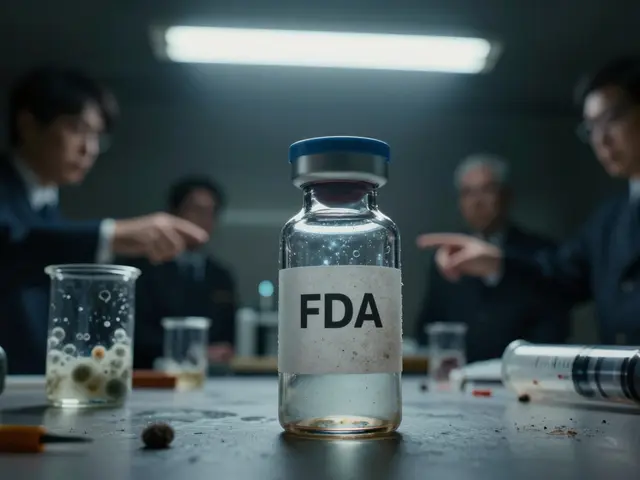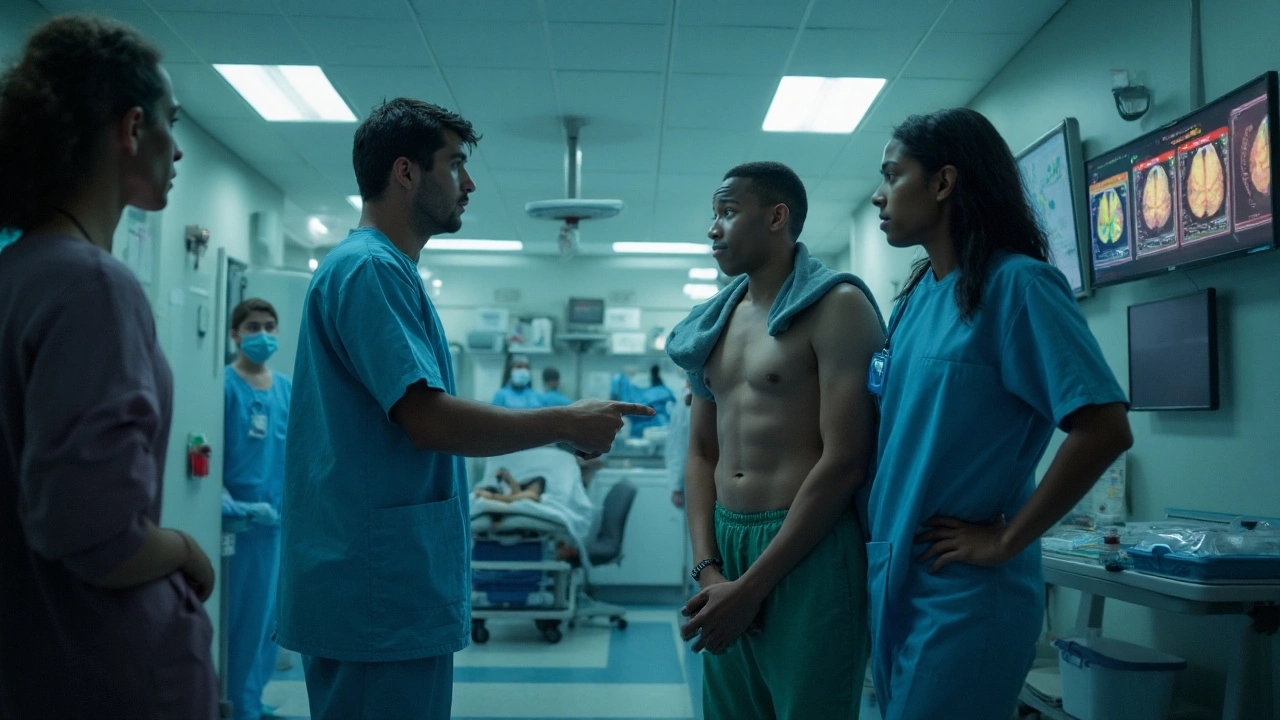Acanthamoeba Keratitis – What You Need to Know
If you wear contact lenses or have been around fresh water lately, you might have heard of Acanthamoeba keratitis. It’s a mouthful, but the idea is simple: a tiny free‑living organism gets into the cornea and causes pain, redness, and sometimes permanent damage. The good news is that you can spot it early and treat it effectively if you know the signs.
What is Acanthamoeba keratitis?
Acanthamoeba is a microscopic protozoan that lives in soil, tap water, swimming pools, and even hot tubs. Most of the time it does nothing, but when it finds a way onto the eye – usually through a contact lens that’s been exposed to contaminated water – it can stick to the cornea. Once there, it releases enzymes that eat away at corneal tissue. The infection is rare, but for contact‑lens wearers it’s the most common cause of serious eye problems.
The first clues are usually a gritty feeling that doesn’t go away, tearing, light sensitivity, and a red eye that looks more inflamed than a typical pink eye. Vision may blur, and a small white or gray spot can appear on the cornea. If you notice any of these, call an eye doctor right away – waiting can make the infection harder to treat.
How to spot and treat it
Diagnosis starts with a slit‑lamp exam. Your optometrist will look for a characteristic ring‑shaped ulcer, which is a hallmark of Acanthamoeba keratitis. They may also take a tiny scraping from the cornea to test for the organism under a microscope.
Treatment isn’t over‑the‑counter. It involves big‑dose anti‑amoebic eye drops – usually a combination of polyhexamethylene biguanide (PHMB) and chlorhexidine – used every hour at first. This regimen can last weeks or even months, and you’ll need close follow‑up visits to make sure the infection is clearing.
While on medication, avoid rubbing your eye and stop wearing contacts altogether until the doctor says it’s safe. Some cases need additional procedures, like debridement (removing damaged tissue) or, in extreme situations, a corneal transplant.
Prevention is far easier than treatment. Here are the top habits to keep your eyes safe:
- Never expose contact lenses to tap water, pool water, or hot tubs. If you wash them, use sterile saline or the solution recommended by your eye care professional.
- Replace lenses and storage cases as directed – ideally every one to three months.
- Always wash your hands with soap before handling lenses.
- If you experience eye irritation, remove lenses immediately and see a doctor.
Remember, Acanthamoeba keratitis is rare, but it’s serious. Spotting symptoms early and getting prompt treatment can save your vision. Keep your lens hygiene tight, stay out of the water with lenses, and don’t ignore any persistent eye discomfort.
Got more questions? Your eye doctor can give you a personalized plan, but knowing the basics helps you act fast and protect your sight.
Amoeba Infections 2025: Clinical Guide for Healthcare Professionals (Diagnosis, Treatment, Prevention)
Clinician-focused guide to diagnosing and treating amoeba infections in 2025-E. histolytica, Naegleria, Acanthamoeba. Fast recognition, testing, dosing, and prevention.
About
Health and Medicine
Latest Posts


Causes of Generic Drug Shortages: Manufacturing and Supply Chain Issues
By Orion Kingsworth Dec 21, 2025

Raltegravir and Sleep: Understanding its Impact on Sleep Quality for HIV Patients
By Orion Kingsworth Feb 17, 2025

Buy Cheap Generic Zovirax Online - Safe Guide & Best Prices
By Orion Kingsworth Sep 28, 2025

